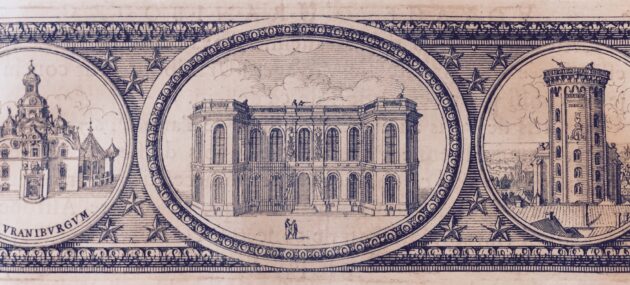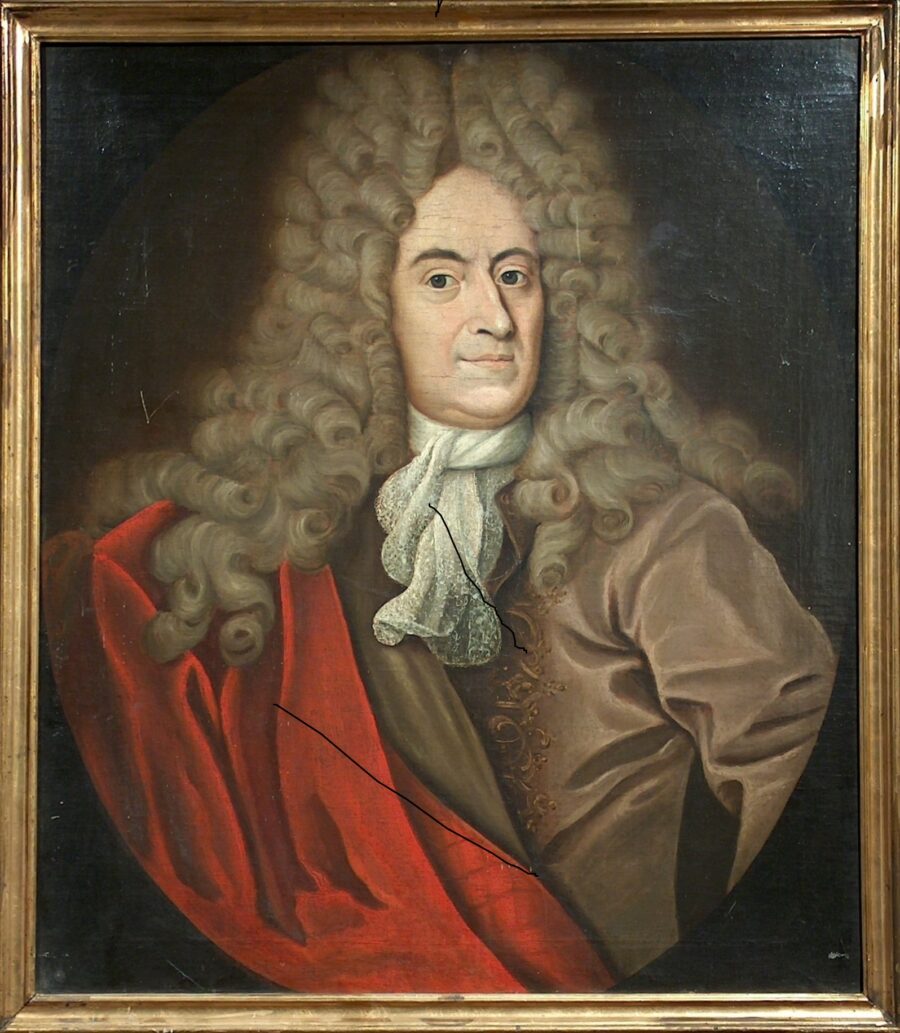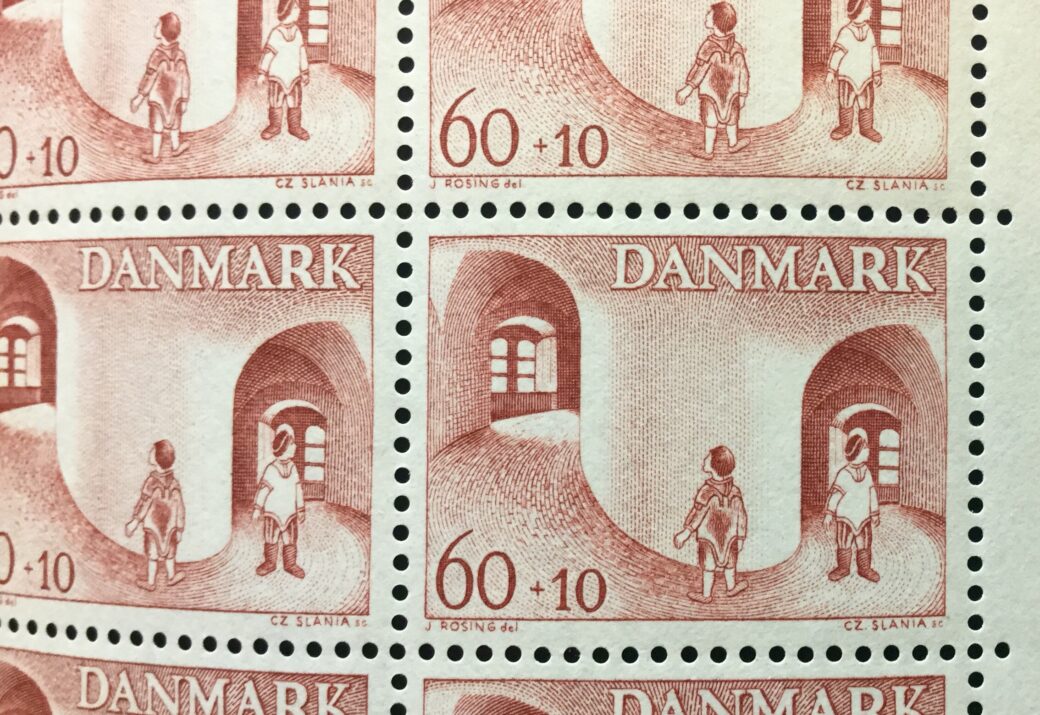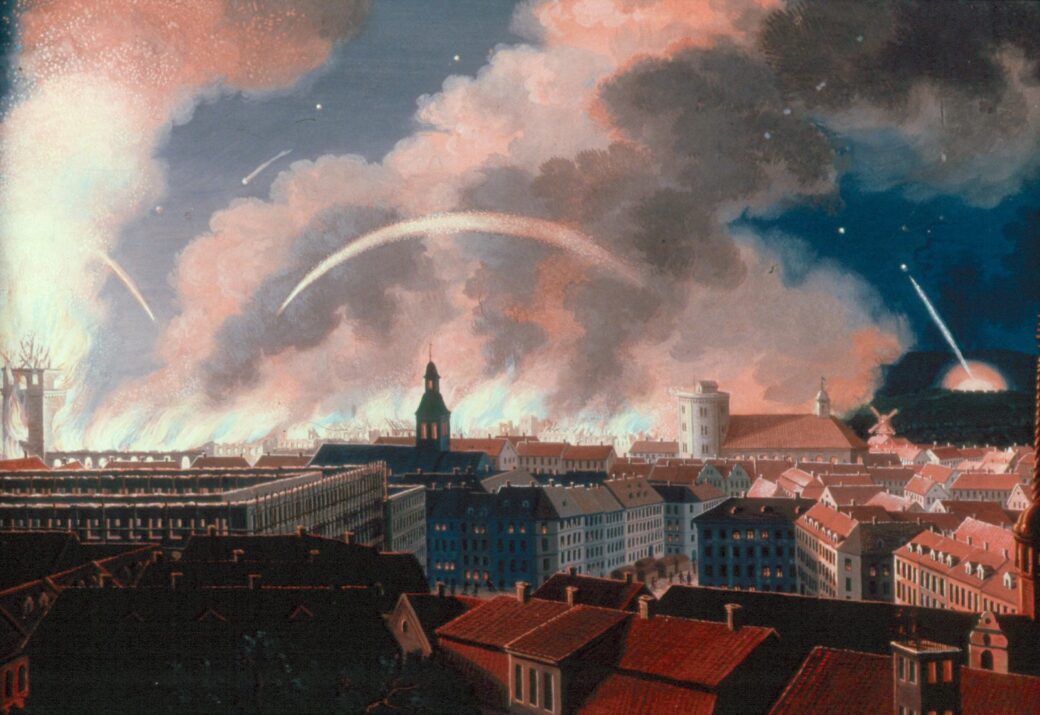This website uses cookies so that we can provide you with the best user experience possible. Cookie information is stored in your browser and performs functions such as recognising you when you return to our website and helping our team to understand which sections of the website you find most interesting and useful.

The First Tourist
In one of his records, the well-travelled doctor Holger Jacobæus (1650-1701) lists what different Danish localities are famous for. For instance, Jacobæus writes that the town of Ringkøbing is famous for its oysters, Kerteminde for its beer and filthy women, and Herlufsholm for its drunkards and thieves as well as for its orchard. According to Jacobæus, the country’s capital, besides its snuff, is especially known for its edifices, namely the arsenal, the harbour and of course the city’s ”Turris Astronomica” or “astronomical tower”. In other words the Round Tower.
Favoured by the King
Jacobæus is not the only one who values the Round Tower greatly amongst the attractions of Copenhagen. The renowned French astronomer Jean Picard (1620-1682) also knew exactly what he was after when he arrived in the city in August 1671. “During my stay in Copenhagen my first curiosity concerned to see the tower that King Christian IV had built” (”Durant le séjour que je fis à Copenhague, ma premiére curiosité fut de voir la Tour que le Roy Christian IV. y avoit fait bastir”), he thus writes in an account of his visit.
The account was published nine years later and it is one of the first portrayals of a tourist visit to the Round Tower. Monsieur Picard, however, was no ordinary tourist. His description was published by the royal publishing house in Paris and he was favoured by the Sun King himself, Louis XIV (1638-1715), when he visited Copenhagen.
European Capital of Culture
At that time, Paris was the undisputed centre of culture and science in Europe, both of which flourished under the mighty monarch, who could use this flourishing to add lustre to France, the monarchy and himself, which was basically the same. It is not for nothing that the statement ”l’état, c’est moi” (“the state is me”) has been attributed to Louis XIV.
“The only problem was they did not know Hven’s exact location in relation to Paris. Thus, the reason for Jean Picard’s travel to Denmark was to assess its position accurately”
With Paris being the European capital of culture, it seemed obvious that the city should also be the geographic centre of the latest astronomical observations, which should be more accurate than the previously existing ones. Indeed, Paris should even become the centre for a “reconstruction of astronomy”, as Picard wrote in 1669. A few years prior to his journey up north, a new observatory had been established in Paris, and now, the idea was that the so-called Paris meridian, that is the meridian line running through Paris, should be the starting point of both astronomy and cartography, which Picard also took great interest in.
The Royal Academy of Sciences, which was established in Paris the year before the observatory, wished to be able to compare its results with other leading observations around the world, including those that the Danish astronomer Tycho Brahe (1546-1601) had made in his observatory Uraniborg on the small island of Hven in the Øresund strait. The only problem was they did not know Hven’s exact location in relation to Paris. Thus, the reason for Jean Picard’s travel to Denmark was to assess its position accurately.

Light Signals from the Round Tower
When Picard arrived, however, he not only went to the Round Tower. He also discovered that Hven, which he, full of expectation, was able to see from the platform of the tower, had become Swedish since the days of Tycho Brahe as a result of the last Danish-Swedish war. Thus, he had to wait a couple of weeks before he could get a Swedish permit to set foot on the small island. But when he finally got it, he travelled there by boat in the company of, among others, “a young Dane by the name of Ole Rømer” (”un jeune Danois nommé Olaüs Romer”), whom Picard praised for his “rare genius and his spirit” (”son rare génie & […] son esprit”).
But in the end, Picard did not like Hven much and even developed symptoms of something resembling scurvy there. For this reason, he went back to Copenhagen where he was allowed to use the Round Tower as a base for his continued work. Before he left, however, he had managed to determine the exact distance from Hven to the Round Tower by means of light signals among other things. As he writes in a letter, “I have ordered a fire, which shall be lit at the top of the tower, and which I will see from Uraniborg, but which will be hidden at certain times, as I have indicated. I hereby hope to be able to learn even more about the difference in length”.
Tycho Brahe’s Manuscript
Back in Copenhagen Picard soon recovered. Apparently, one of the main reasons for his recovery was the many walks “uphill” in the Spiral Ramp, and in May 1672 he returned to Paris. Among other things, he carried Tycho Brahe’s original observations with him, which, despite many efforts, could not get published in Denmark. So now Picard would try his luck with getting it published in France.
Picard himself regards it as “one of the main fruits of my journey” (”un des principaux fruits de mon voyage”) that he could bring back the famous astronomer’s records. But it is certainly also worth mentioning that the talented young Ole Rømer (1644-1710) accompanied him to France, where he was accepted as a member of the Academy of Sciences and settled in the Parisian observatory, in an apartment that he shared with the somewhat older Picard.
Tycho Brahe’s unique manuscript would remain in Paris for the next 35 years, while Rømer travelled back to Denmark after only nine. But no time was wasted, for during his stay he not only discovered the hesitation of light, but also constructed fountains for the Sun King in Versailles and taught mathematics and astronomy to the French crown prince.
Though he has hardly had the time to be a proper tourist, other Danes have. For instance, Holger Jacobæus who visited Paris in 1675-76 and in his diary noted that the observatory in which Rømer lived “looks like the Round Tower in Copenhagen”.


